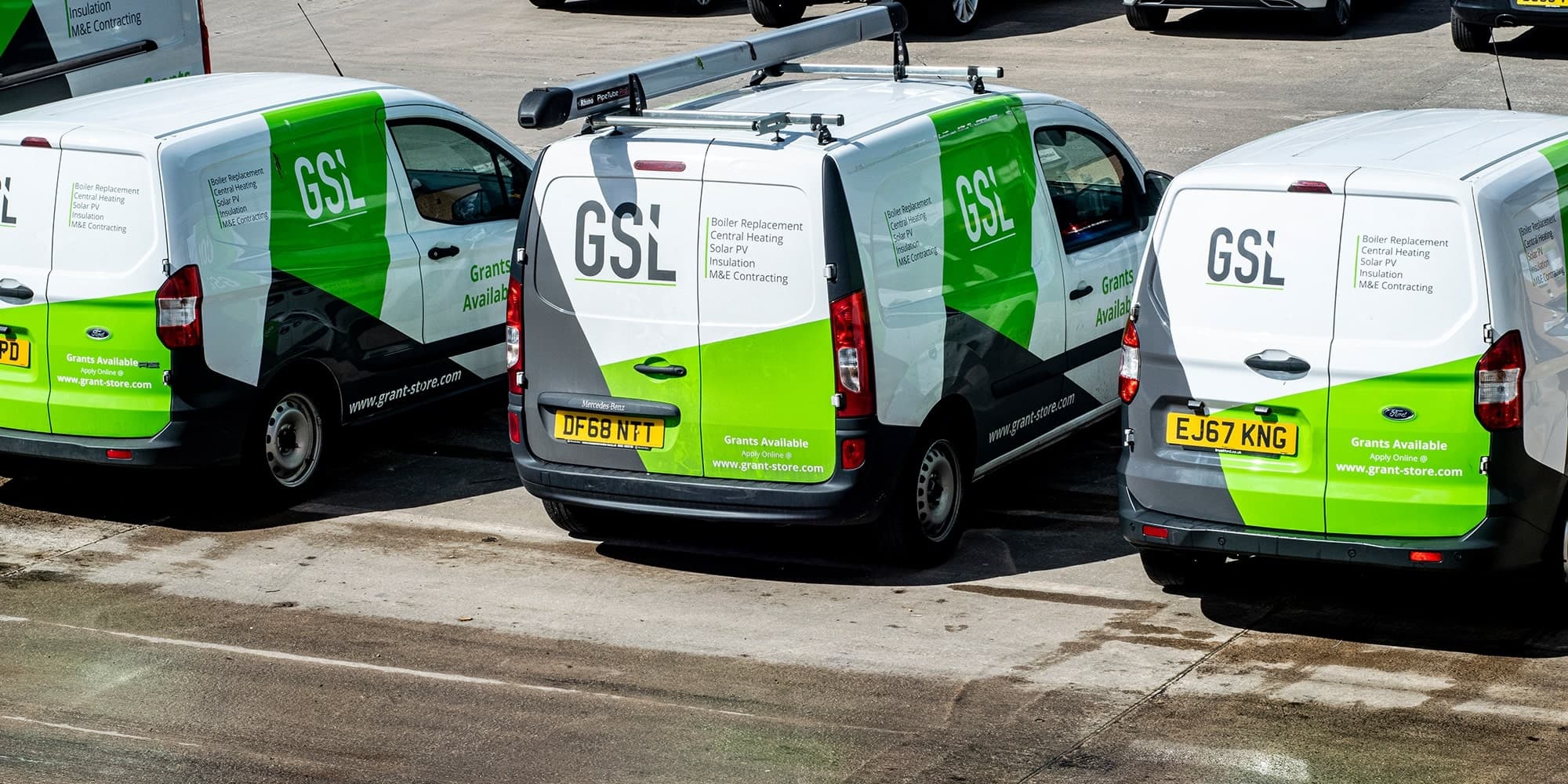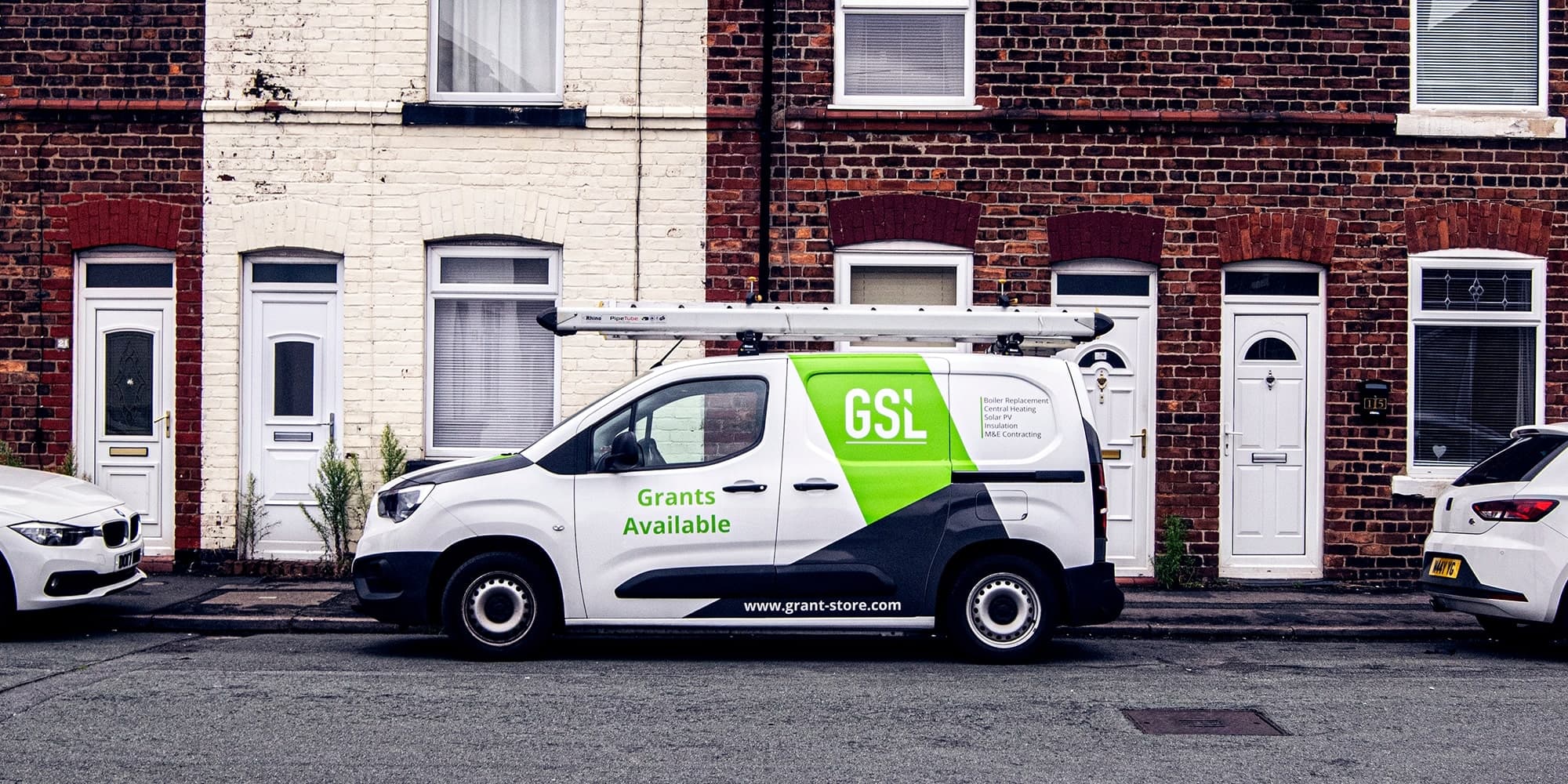June 9th, 2025
Solar water heating vs solar PV: What’s right for you?
Written by: Gareth Whitehill
News
Solar panels are widely known to be a great source of renewable energy, capturing daylight and turning it into usable electricity for homes and businesses.
But how do solar panels work?
What’s the magic behind these panels? Why should you use them? And which type of solar panel should you use?
Let’s find out.
Key Takeaways
Solar panels are made up of photovoltaic cells, which are typically made from a semiconductor material such as silicon.
When photons of daylight interact with the semiconductor material, they knock electrons free from atoms, creating an electric current and generating electricity.
An inverter in the system then converts this electric current to alternating current, which is used to power the appliances at home.
A lot of different parts work together on a solar panel installation to generate electricity, including:
If you’re shopping around for solar panels, you should know about two main types: monocrystalline and polycrystalline, each with its own pros and cons.
Monocrystalline panels are a type of solar panel material made from a single, uniform crystal structure.
This structure allows them to capture and convert daylight into electricity more efficiently, making it great for homeowners with smaller roofs or limited space.
However, because they’re more efficiently designed, they also go for a higher price, which isn’t always ideal for homeowners looking to keep costs as low as possible.
Polycrystalline panels are designed with multiple daylight-capturing crystals fused together.
This creates a slightly less organised structure for electrons to flow through, resulting in less efficient electricity conversion. This means you’ll need more panels to convert a similar amount of electricity than monocrystalline panels.
Despite this, polycrystalline panels are a popular choice with homeowners as they are cheaper than monocrystalline panels.
Want to know how much you could save with your own solar panels? Check out our handy solar panel calculator to see the savings potential today! If you like what you see, speak with a member of our team to get the ball rolling on your own solar panel installation.
Get a free solar installation quoteNow that we know how solar panels work, let’s take a look at their benefits and what makes them such a great solution for homeowners and businesses alike.
One of the biggest advantages is lower electricity bills. By reducing your reliance on the grid and generating your own energy, you can save money on your monthly costs.
Solar panels usually come with a 30-year performance guarantee but can last longer with proper maintenance, making them a reliable, long-term renewable energy source.
As well as saving money, solar panels also help people live more sustainably. Unlike fossil fuels, solar energy is a clean and renewable source of energy.
While the amount of daylight may vary depending on the time of year and location, solar panels can still generate electricity even on cloudy or rainy days.
With a solar panel system, you become less reliant on the electrical grid’s energy, giving you peace of mind in case of power outages and more control over your energy consumption.
Now you know (more or less) everything there is to know about solar panels, are you ready for your own? Then you need the best team for the job – that’s where Grant Store comes in.
We have over fifty years of experience in installing energy-efficient home upgrades, including bespoke solar panel solutions.
See what our 500+ Trustpilot reviews say about our expert team; they’ll tell you everything you need to know about our affordability, reliability, and professionalism.
Want to know more? Speak with a member of the Grant Store team for a free, no-obligation quote on your own solar panel installation today!
June 9th, 2025
Solar water heating vs solar PV: What’s right for you?
Written by: Gareth Whitehill
News
May 9th, 2025
Solar panel installation: Step-by-step guide for UK homes & businesses
Written by: Gareth Whitehill
News
April 9th, 2025
Are solar batteries worth it in the UK?
Written by: Gareth Whitehill
News
April 9th, 2025
What size solar battery do I need?
Written by: Gareth Whitehill
News
January 20th, 2025
Heat pumps vs. traditional heating: Which is right for your home?
Written by: Gareth Whitehill
Heat Pumps
January 13th, 2025
Do heat pumps work well in older homes?
Written by: Gareth Whitehill
Heat Pumps
January 6th, 2025
How do air source heat pumps work?
Written by: Gareth Whitehill
Heat Pumps
December 30th, 2024
Are air source heat pumps worth it in the UK climate?
Written by: Gareth Whitehill
News
December 23rd, 2024
Why are heat pumps taking over UK homes?
Written by: Gareth Whitehill
Heat Pumps
December 16th, 2024
Are heat pumps suitable for smaller homes?
Written by: Gareth Whitehill
Heat Pumps
September 25th, 2024
Grant Store are official sponsors of Chorley FC!
Written by: Gareth Whitehill
News
August 30th, 2024
Grant Store is an official Octopus Trusted Partner!
Written by: Gareth Whitehill
News
August 1st, 2024
How green is solar energy?
Written by: Gareth Whitehill
Solar
July 30th, 2024
How to insulate an old house
Written by: Gareth Whitehill
News
July 29th, 2024
What’s Involved in an Air Source Heat Pump Installation?
Written by: Gareth Whitehill
Heat Pumps
July 28th, 2024
A complete guide to heating water with solar power
Written by: Gareth Whitehill
Solar
July 25th, 2024
How To Make the Most Out of ECO4 Funding
Written by: Gareth Whitehill
News
July 23rd, 2024
Are UK homes getting any greener?
Written by: Gareth Whitehill
News
June 27th, 2024
Why should you choose an MCS installer for your heat pump project?
Written by: Gareth Whitehill
Heat Pumps
June 27th, 2024
When does ECO4 end, and what happens next?
Written by: Gareth Whitehill
News
June 11th, 2024
Exploring Energy Grants for Pensioners: A Guide to Lowering Your Energy Costs
Written by: Gareth Whitehill
News
June 11th, 2024
Do air source heat pumps work well with solar panels?
Written by: Gareth Whitehill
Heat Pumps
June 11th, 2024
Your Guide to Understanding Energy Performance Certificates (EPCs)
Written by: Gareth Whitehill
News
June 11th, 2024
What energy grants can I get on Universal Credit?
Written by: Gareth Whitehill
News
June 1st, 2024
Who qualifies for a boiler grant in the UK?
Written by: Gareth Whitehill
News
May 22nd, 2024
Is the UK Government Planning to Ban Gas Energy?
Written by: Gareth Whitehill
News
April 25th, 2024
Your Complete Guide To Off-Gas Property Grants in the UK
Written by: Gareth Whitehill
News
April 24th, 2024
What are electric storage heaters?
Written by: Gareth Whitehill
News
April 23rd, 2024
How To Improve Your Home’s EPC Rating: A Guide to Boosting Efficiency and Reducing Costs
Written by: Gareth Whitehill
News
April 23rd, 2024
What is the ECO Scheme, and how can it help me?
Written by: Gareth Whitehill
News
April 23rd, 2024
How to apply for the ECO4 Grant: Everything you need to know
Written by: Gareth Whitehill
News
April 18th, 2024
The Complete Guide to Heat Pumps: Benefits, Costs, Savings, and Efficiency
Written by: Gareth Whitehill
Heat Pumps
March 13th, 2024
What size solar PV system do I need?
Written by: Gareth Whitehill
Solar
February 27th, 2024
What grants are available for energy-saving?
Written by: Gareth Whitehill
News
November 24th, 2023
How Many Solar Panels Do I Need?
Written by: Gareth Whitehill
Solar
November 23rd, 2023
How Much Money Do Solar Panels Save?
Written by: Gareth Whitehill
Solar
November 22nd, 2023
How Are Solar Panels Made?
Written by: Gareth Whitehill
News
November 22nd, 2023
Do you need planning permission for solar panels?
Written by: Gareth Whitehill
News
November 22nd, 2023
How Much Do Solar Panels Cost?
Written by: Gareth Whitehill
News
November 22nd, 2023
How Do Solar Panels Work?
Written by: Gareth Whitehill
News
November 20th, 2023
Smart Export Guarantee Rates 2024
Written by: Gareth Whitehill
News
November 20th, 2023
Can I Add a Battery to my Solar System?
Written by: Gareth Whitehill
News
November 20th, 2023
How Do You Store Solar Energy?
Written by: Gareth Whitehill
News
October 3rd, 2023
Solar panels: are they worth the cost?
Written by: Gareth Whitehill
News
September 19th, 2023
How efficient are solar panels?
Written by: Gareth Whitehill
News
September 19th, 2023
Do solar panels boost home value?
Written by: Gareth Whitehill
News
September 19th, 2023
What are the pros and cons of solar panels?
Written by: Gareth Whitehill
News
Not sure which energy-saving solution is right for your home? Or do you have questions about grant eligibility? Our team has the answers. Give us a call and we'll help you figure everything out.
Call us now on:
01942 918 844
"*" indicates required fields
